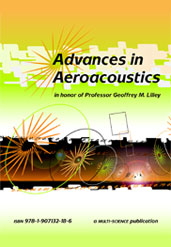Technical Paper
Disciplines of Organization
1967-02-01
670341
American Airlines is implementing three basic programs in the flight performance area in an effort to reduce risks: centralized flight training, line flying checks in the hands of Flight Standards superintendents, and routine surveillance of operations by use of flight performance recorders and accompanying computer programs.





